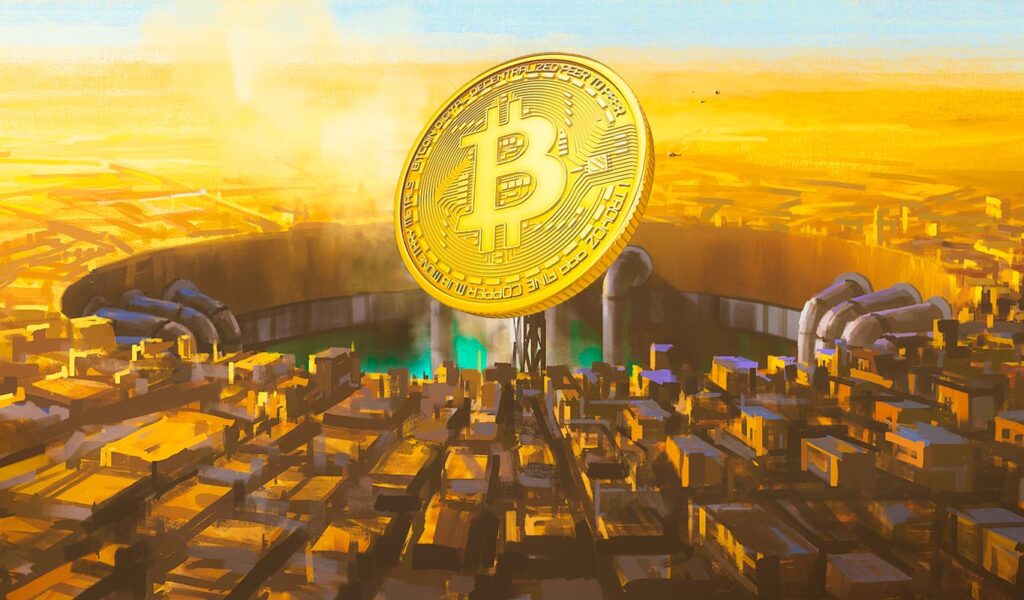The price of Bitcoin (BTC) is soaring as the Biden Administration races to prevent the collapse of Silicon Valley Bank from triggering a mass exodus at regional banks across the U.S.
The U.S. Treasury Department is conducting a series of emergency meetings to determine whether it should ensure all depositors at SVB will be made whole after the bank’s sudden collapse, reports the Washington Post.
The outlet cites people with knowledge of the matter who are speaking on internal deliberations at the Treasury Department, Federal Reserve and FDIC.
“Federal authorities are seriously considering safeguarding all uninsured deposits at Silicon Valley Bank, weighing an extraordinary intervention to prevent what they fear would be a panic in the U.S. financial system.”
An abrupt, widespread realization that American bank accounts, including corporate accounts, are only insured up to $250,000 by the FDIC has coincided with a sharp reversal in the price of BTC.
Bitcoin has soared from a 24-hour low of $20,334 to a high of $22,111 – an 8.7% increase.
The pseudonymous creator of Bitcoin, who went by the name Satoshi Nakamoto, explicitly created the original cryptocurrency as a response and alternative to the modern banking system.
Bitcoin was born out of the 2008 financial crisis, which was the last time American banks and financial institutions crumbled at the expense of everyday citizens.
In creating the world’s first cryptocurrency, Nakamoto aimed to create a monetary system with an inherently scarce supply backed by a transparent and verifiable means of processing and validating transactions without the need for a bank or middleman.
Bitcoin’s inventor described his, her or their creation as an antidote to the modern financial system.
“The root problem with conventional currency is all the trust that’s required to make it work. The central bank must be trusted not to debase the currency, but the history of fiat currencies is full of breaches of that trust. Banks must be trusted to hold our money and transfer it electronically, but they lend it out in waves of credit bubbles with barely a fraction in reserve. We have to trust them with our privacy, trust them not to let identity thieves drain our accounts. Their massive overhead costs make micropayments impossible…
With e-currency based on cryptographic proof, without the need to trust a third party middleman, money can be secure and transactions effortless.”
The crypto industry is battling its own problems with the banking system after the collapse of the crypto-friendly bank Silvergate.
That bank cited regulatory pressures and “recent industry developments” as the reason it decided to close its doors.
Silvergate’s shutdown sparked last week’s downturn in the crypto markets, and the fall of Silicon Valley Bank had direct consequences on the industry as well.
Circle, the company behind the stablecoin USDC, revealed it has $3 billion of its $40 billion in reserves at Silicon Valley Bank. The disclosure led to a crash in the price of USDC, which dropped to as low as $0.84 and is now trading at $0.95 at time of publishing. The firm says it will use its own resources and internal capital to cover the shortfalls.
The CEO of the world’s largest crypto exchange by volume, Changpeng Zhao, warns any stablecoin tied to the banking system could face similar problems in the future.
Banks are a risk to fiat-backed stable coins.
— CZ ? Binance (@cz_binance) March 12, 2023
Bitcoin is trading at $21,884 at time of publishing, up 7.6% in the last 24 hours.
Don’t Miss a Beat – Subscribe to get crypto email alerts delivered directly to your inbox
Check Price Action
Follow us on Twitter, Facebook and Telegram
Surf The Daily Hodl Mix
Featured Image: Shutterstock/Liu zishan/CHIARI VFX

